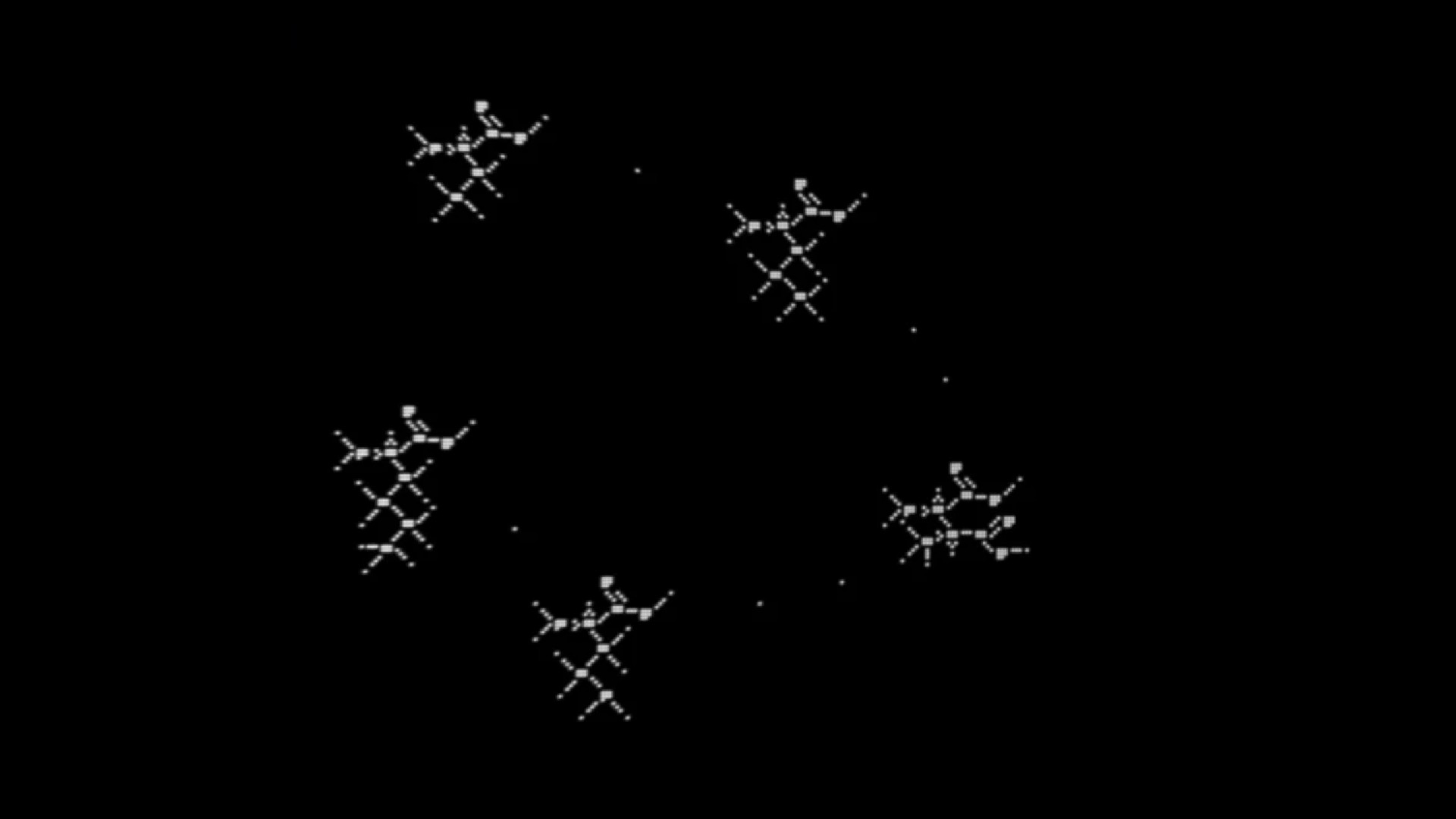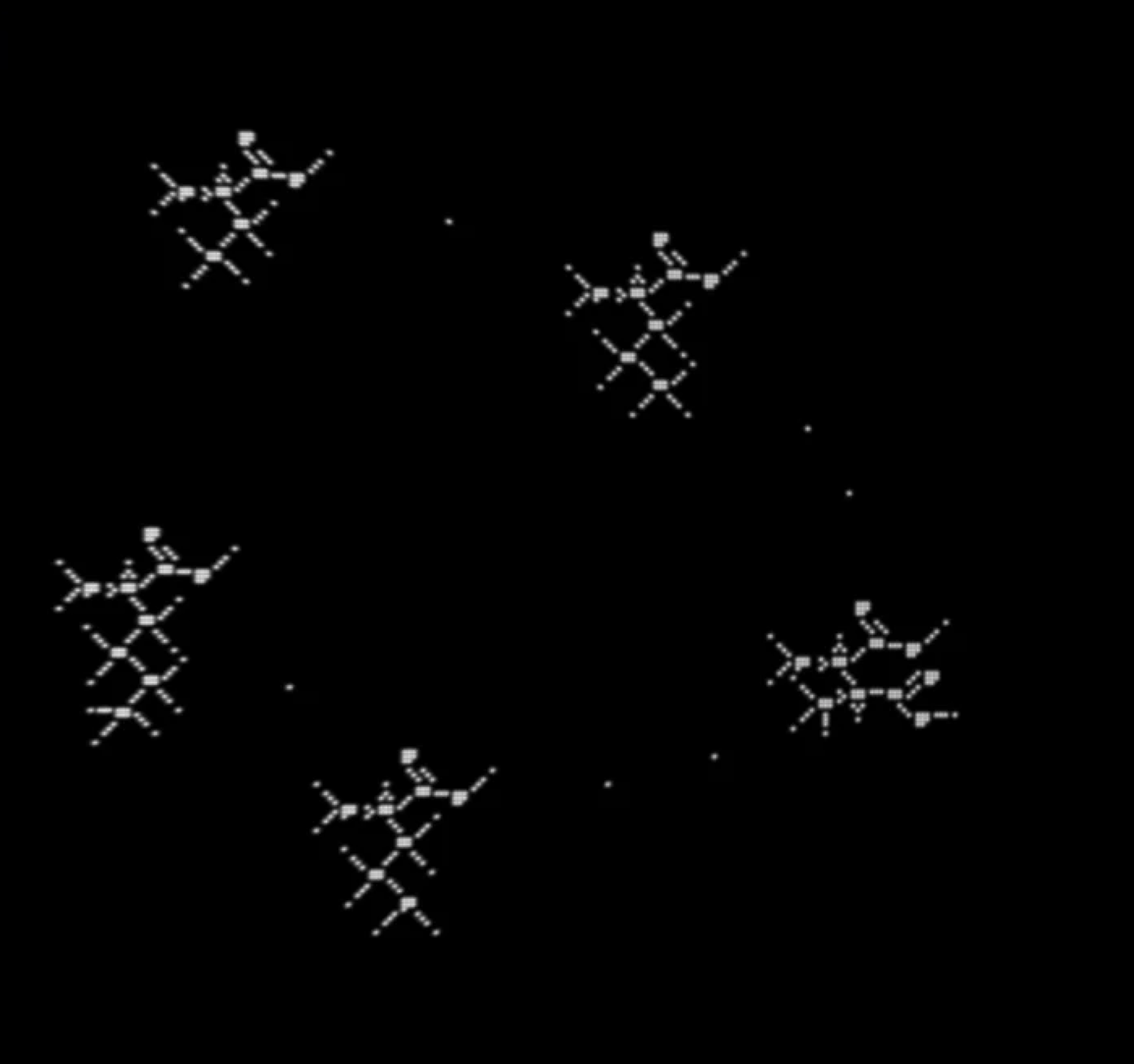'Alien signal' sent from Mars decoded by father-daughter team
A signal beamed at Earth from Mars in 2023 has finally been decoded by a father and daughter team in the United States.

In 2023, a coded message was beamed at Earth from Mars. After over a year, this simulated extraterrestrial signal was finally decoded.
The European Space Agency's (ESA) ExoMars Trace Gas Orbiter Mars probe beamed the signal at us in May 2023 as part of "A Sign in Space," a multi-week art project led by Daniela de Paulis, the current Artist in Residence at the SETI Institute in Mountain View, California and the Green Bank Observatory in West Virginia. The project was intended as an experiment to test what types of techniques might be useful for decoding signals that might be detected as part of SETI (search for extraterrestrial intelligence) efforts.
After over a year, a father-daughter team has decoded that signal. Ken and Keli Chaffin were able to decipher the message after "following their intuition and running simulations for hours and days on end," according to an ESA statement.
Before the simulated alien signal could be decoded, it first had to be extracted from the raw radio signal data. That took just 10 days, thanks to a group of some 5,000 citizen scientists. But that was the easy part.
Related: The search for alien life
It took the Chaffins over a year to decode the signal. They finally found that it "contained movement," ESA wrote in the statement, which suggested to them that it might harbor information about cellular formation or life.
But decoding a signal doesn't necessarily mean that it can be understood. Now that the cryptic message has been decoded, citizen scientists like the Chaffins will have to begin attempting to interpret its contents and find possible meaning in it.
Get the Space.com Newsletter
Breaking space news, the latest updates on rocket launches, skywatching events and more!

And that's the overall goal of the A Sign in Space Project. "Receiving a message from an extraterrestrial civilization would be a profoundly transformational experience for all humankind," de Paulis said in a 2023 statement describing the project.
"A Sign in Space offers the unprecedented opportunity to tangibly rehearse and prepare for this scenario through global collaboration, fostering an open-ended search for meaning across all cultures and disciplines."
But interpreting a message of true alien provenance could prove much, much harder, if it ever happens. Any simulated messages like the one beamed to Earth from the ExoMars Trace Gas Orbiter were created by humans and thus will embody how we view the universe and communicate our experience of it.

All our ideas about language, data, information and communication are rooted in how physics work on Earth, how human sensory organs perceive the world around us, how human languages have evolved, etc. It's hard for us to imagine how these same processes might work on an exoplanet harboring life, simply because we've never found or experienced one yet.
For all we know, alien communication might more resemble a collection of odors or the movements of a pile of leaves in the wind than anything we recognize as language.
Still, the search has to begin somewhere.
Projects like A Sign in Space offer useful thought experiments for planning how we might respond to the detection of a true alien radio signal. And the fact that this signal was decoded by citizen scientists shows exactly the type of out-of-the-box thinking that will likely be required when and if we ever receive that signal.
"More than astronomy, communicating with E.T. will require a breadth of knowledge," said Wael Farah, project scientist with the SETI Institute's Allen Telescope Array in northern California. "With A Sign in Space, we hope to make the initial steps towards bringing a community together to meet this challenge."
Join our Space Forums to keep talking space on the latest missions, night sky and more! And if you have a news tip, correction or comment, let us know at: community@space.com.

Brett is curious about emerging aerospace technologies, alternative launch concepts, military space developments and uncrewed aircraft systems. Brett's work has appeared on Scientific American, The War Zone, Popular Science, the History Channel, Science Discovery and more. Brett has English degrees from Clemson University and the University of North Carolina at Charlotte. In his free time, Brett enjoys skywatching throughout the dark skies of the Appalachian mountains.
-
astroskeptic No comments yet? Surprising. However I find it hilarious that you people hear and see random things from space and attribute it to aliens automatically, and that these things are somehow more important than the real world issues of today. You people are so very useful with your conspiracy theories, I strive for such excellence one day.Reply -
COLGeek It wasn't an actual alien signal. Rather, it was an experiment/exercise of sorts (just read the first two paragraphs of the article and it will be confirmed).Reply -
billslugg The headline is a bit misleading in that it omits the first quote mark around the word "signal". The comment follows an established pattern of highly critical negative post on first day of memebership, misunderstanding of the article. The article or headline will have suspiciously "AI type" errors, appear not to have been edited.Reply -
COLGeek Reply
Fixed the info in the original post. Thank you.billslugg said:The headline is a bit misleading in that it omits the first quote mark around the word "signal". The comment follows an established pattern of highly critical negative post on first day of memebership, misunderstanding of the article. The article or headline will have suspiciously "AI type" errors, appear not to have been edited. -
COLGeek Reply
Space spam?G D said:it's a signal from someone asking for these amino acids. It's an advertisement.










